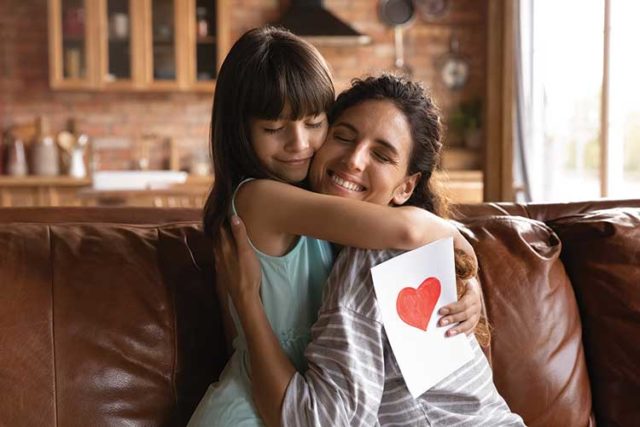If ever there were a year to feel grateful, it may be this year. It has been a tough year and a half, but the pandemic has given us a new appreciation for things big and small. This year, we can be grateful our children are back in school, more people are vaccinated, and vaccines for younger children are imminent. We can also be grateful for the smaller things we have come to appreciate, like stocked shelves of toilet paper and eating out at a restaurant. It is even looking like it might be safe to gather with a small group for Thanksgiving, which is a major improvement over last year. Our children continue to be so resilient, but we also can’t ignore the mental health toll the pandemic has taken on so many kids and their families. Research shows the benefits of regularly practicing gratitude can be plentiful. It can also be a positive way to work through some of the residual stress from the pandemic. Here are some ways to build a habit of gratitude in our children:
IT’S GOOD FOR YOUR HEALTH
Research shows there are both physical and mental benefits of practicing gratitude. Some of the mental benefits include lower rates of negative emotions, anxiety, and depression. The research also shows practicing gratitude can lead to greater life satisfaction, stronger relationships, and better decision-making skills. The physical benefits include decreased blood pressure, better sleep, and fewer symptoms of physical pain.
MAKE IT A HABIT
Gratitude is not something that will come overnight; it takes practice — everyday practice for it to become a habit. There are many ways we can do this, but one of the most impactful is modeling it for our children. We can do this by using the words “please” and “thank-you” when we talk to our children and others and by reminding them to do the same. Also, I try to point out to my children that thank-yous are not just for material things, but also for simple acts such as the crossing guard who helps you cross a street, every coach at the end of practice or a game, and in restaurants when someone serves you food or takes away your plate.
Another way we can model gratitude for our children is by teaching them the importance of writing or drawing thank-you notes. In a world of emojis and chat abbreviations there is nothing better than receiving a handwritten note. These notes can be a great way to practice expressing gratitude. I always love reading the notes my 9-year-old writes.
We can also practice gratitude daily by acknowledging the things we are grateful for. In our house we try to do it every night around the dinner table. We all take turns sharing two things — something good that happened that day and an example of how we were kind to others. As parents, don’t forget to also spend time telling your children how grateful you are for them. If we fill their bucket, they will be more likely to pass along the same sentiments to others.
TEACH THEM TO GIVE BACK
Practicing gratitude isn’t just about recognizing the good in your own life but extending it to those who are less fortunate. This can be donating old coats to a homeless shelter or helping sort food at a food pantry. There are so many people your family can reach out to and share gratitude with during this time. We all have a greater appreciation for our essential workers, from doctors and nurses to our firefighters and police officers, and of course our teachers. Dropping off a thank-you note and batch of cookies is a wonderful way to show your appreciation. Teach your children that it feels good to give back and make someone else happy. The old saying, “It is better to give than to receive” is a tough concept for young children to grasp, but if they understand the importance of giving to others, you can talk about how it makes them feel to do something kind for someone else. As we head into the holiday season, there are many opportunities to model this, especially this year when there are so many in need.
We all want to raise children who are kind, responsible, and loving. Teaching gratitude is one of the best ways we can foster these qualities. How we practice gratitude may look different for every family — there is no one way to do it, and it shouldn’t be forced. It takes time and practice, so remember to be patient; this is the time of year when kids are constantly bombarded with messages of things they “must have.” Look for teachable moments and keep reinforcing small practices of gratitude.
Email: [email protected]





